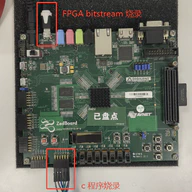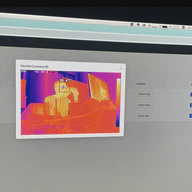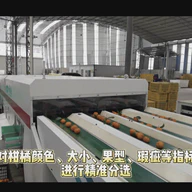
This platform is a heterogeneous computing system for neural rendering (NeRF), combining a RISC-V FPGA with a custom ARM SoC to deliver high-performance support for 3D neural rendering experiments. 该平台是一套面向 神经渲染(NeRF) 的异构计算架构,结合了 RISC-V FPGA 与 ARM SoC,为 3D 神经渲染实验提供高性能的硬件基础。 In the RISC-V stage, the system integrated the HBird E203 core on FPGA, built a Verilog-based FatFS module for DDR–SD data exchange, and enhanced SPI peripherals to enable full-duplex, high-throughput communication. 在 RISC-V 阶段,平台完成了 HBird E203 内核的移植,集成了基于 Verilog 的 FatFS 文件系统以支持 DDR–SD 数据交互,并对 SPI 外设进行优化,实现了全双工高吞吐通信。 In the ARM stage, the system was equipped with a complete firmware stack from BootROM to U-Boot, achieved stable bring-up with MMU and cache initialization, and completed Linux kernel and rootfs adaptation for system validation. 在 ARM 阶段,平台实现了从 BootROM 到 U-Boot 的完整固件栈开发,支持 MMU 与缓存初始化,并完成 Linux 内核与 rootfs 的移植与验证,确保系统稳定运行。 The platform ultimately successfully powered the lab’s self-developed NeRF rendering accelerator chip, establishing a solid system foundation for efficient 3D reconstruction and rendering. 该平台最终成功驱动了实验室自研的 NeRF 渲染加速芯片,为高效三维重建与渲染提供了坚实的系统支持。
Jun 1, 2025

Intrusion Detection System (IDS) is a comprehensive security platform designed for border protection, integrating multiple sensing technologies such as vibration fiber sensors and thermal imaging cameras to enable real-time monitoring. 入侵检测系统(IDS) 是一个面向边疆安全的综合防护平台,集成了震动光纤、热成像摄像头等多种传感手段,实现对边境环境的实时防护。 The system leverages machine learning algorithms to intelligently analyze sensor data, efficiently detecting potential threats and anomalous activities. It provides stable, reliable protection in complex border environments. 系统利用机器学习算法对传感数据进行智能分析,能够高效识别潜在威胁和异常活动。该平台可在复杂环境下提供稳定、可靠的边境安全防护能力。 This marks a successful example of international collaboration, with deployment along the borders of a certain country. 这是一次国际合作,现已被部署于某国边境。
Nov 1, 2024

In Guilin, I built a machine vision-based orange sorting system from the ground up. Using an industrial camera, we collected over 100,000 images of oranges to create a robust dataset, trained deep learning models, and achieved automatic recognition and classification of fruit quality. 在桂林,我们搭建了一套 基于机器视觉的橘子分选机。系统从零开始设计,利用工业相机采集了超过 10 万张橘子图像,构建数据集并训练深度学习模型,实现了对橘子外观质量的自动识别与分类。 To make the system not only accurate but also fast, I deployed the model on an embedded platform and optimized inference performance for real-time operation. Through careful hardware–software co-design, the sorter ran with both stability and efficiency in practice. 为了让分选机不仅能“看得准”,还能“反应快”,我们将模型部署到嵌入式系统上,并针对实时性进行了推理优化和算力调度。硬件与软件的协同设计,让这套机器在实际分选中稳定高效运行。 Prototype: This project brought computer vision, deep learning, and embedded systems together into a working industrial automation solution—turning research ideas into a real machine that could sort fruit in the field. 这是一次把计算机视觉、深度学习和嵌入式系统真正结合起来的实践,它不仅解决了具体的农业分选问题,也让我在工业自动化的场景里,看到技术如何落地成一个真正可用的系统。
Mar 1, 2022